"The underground can do a lot ..."
In a sense, heat from the earth is his mission. Since 2008, Gunter Siddiqi has been working at the Swiss Federal Office of Energy (SFOE) to promote energy from underground sources. Trained as a geologist and geophysicist, he worked for eleven years as a production engineer for the international energy company Shell on geothermal and oil projects involving new production methods. Now Gunter Siddiqi is retiring from the SFOE. He told Energeiaplus what his highlights were, how he sees the future of geothermal energy and what fascinates him about storing CO2 in the ground.
Energeiaplus: In 2008 you moved from Shell to the Swiss Federal Office of Energy. From an international corporation to the Swiss Federal Administration. Why?
Gunter Siddiqi: I have to admit, it was pretty much by chance at first. I saw this job advertisement from the SFOE and applied. I had to really convince the head of the Energy Research Section at the time that I was seriously interested. After all, at the time I had worked for Shell on interesting projects - in the Netherlands, El Salvador, the USA and Canada - and was earning very well. Career prospects and pay in the federal administration were not comparable with those in the private sector.
But: after research and industry, the switch to the administration, which creates the important framework conditions for a country's energy industry, was very tempting. And my experience with ministries, regulatory authorities and multilateral organisations was helpful for my role at the SFOE. Looking back, it was the best decision in my life - also from a personal perspective.
Back in 2008, Switzerland had just gained its first experience with deep geothermal drilling. A geothermal test plant in Basel had reached a depth of five kilometres. However, after unexpectedly strong earth tremors in the winter of 2006/2007, the operator stopped the project. What influence did such experiences have on your start at the SFOE?
The influence was very great. But I have to say that Switzerland had good experiences with geothermal energy in the 1980s and 1990s; there were a few successful deep boreholes for the direct use of geothermal energy, such as in Lavey VD or Riehen BS. The Basel project from 2006 was the "next frontier". The earthquakes there were not unexpected, nor was their magnitude - all work in the deeper underground triggers earthquakes, but almost always not noticeable ones, let alone ones associated with damage. In retrospect, probably not enough care had been taken to reduce the risk of noticeable or even damaging earthquakes to an acceptable level.
In other words, the real challenge is not so much "if" but "how". And that's what's so appealing: figuring out the "how".
Since then, we have done a lot with Swiss stakeholders, the project developers, the Swiss Seismological Service, the universities, and also with many foreign stakeholders, to develop and pilot measures to help geothermal energy and other underground uses achieve a breakthrough.
At the same time, the geothermal scene has asked itself the sensible question of "where" the next projects will take place, i.e. the exploration of the subsurface is currently being placed in the central foreground.
What actually fascinates you about energy from underground?
Gunter Siddiqi: The sheer immeasurable amount of energy that lies dormant beneath our feet, and the challenge of how to harness this energy for a sustainable Switzerland. What is also fascinating are the dimensions of the underground.
We humans are only scratching the surface of our planet a little.
Or rather, we are managing the surface for the benefit of humanity, slowly but surely learning how to be economical with our resources. Mining and fossil energy sources are the foundation of our prosperity, but it has not always been built sustainably and to the detriment of many other countries. How we can use the deep underground sustainably and for the benefit of all is and will become more and more exciting and challenging.
Geothermal energy is a pillar in the energy strategy. Geothermal support measures are enshrined in the Energy Act and the CO2 Act. Would you describe these as your highlights during your time at the SFOE?
Yes, I am very pleased that we will have stable framework conditions over the next 10-15 years. These will give industry players the opportunity to find and develop geothermal resources. I was privileged and probably lucky to be in the right place at the right time to help shape this framework - based on mandates from the Federal Council and parliament. It was fun to be a small cog in the wheel to wind up the Swiss "geothermal clockwork" and get it going again.
How did you experience working with the members of parliament? They ultimately decided what role geothermal energy should play in Switzerland
The work and closeness to the legislators, the members of parliament, was incredibly motivating and enriching. They have recognised that geothermal energy should be used. And when it came to contributions and guarantees for geothermal exploration, they were very positive. I also experienced the work in the commissions as very factually sound and objectively decisive.
I also remember very well the emotional discussions about "fracking", a production technology that improves the permeability of solid rock to a borehole. Applied to natural gas and oil extraction, the technology is often condemned, even though this technology is also used in drinking water wells or in geothermal wells. Here, however, the parliamentarians have left things in the village and considered, on the basis of the facts, that a technology ban would be pointless and would have a blocking effect on geothermal energy.
Today there are numerous geothermal probes that supply heat for heating, but large geothermal plants have not yet been built. How do you see the future of geothermal energy in Switzerland?
I am very confident. Although we haven't had any successful large-scale plants come on stream in the recent past, there are many projects that are currently being implemented, especially in French-speaking Switzerland. These projects would then also provide the urgently needed production of heat and perhaps even electricity.
However, two aspects need to be considered.
Time: In 1990, the current flagship of renewables, solar energy, supplied 1.5 GWh of electricity per year (enough for 300 households) and around 30 GWh of heat (enough for 4,000 households). Since then, we have invested over a billion francs in research and innovation, and almost two billion in feed-in tariffs, one-off payments and other measures to establish the technology on the market. And this is now paying off: In 2020, photovoltaics will probably supply around 2,500 GWh of electricity and solar thermal energy around 800 GWh of heat.
This shows that revolutions in the energy sector take at least 30 years. We expanded the promotion of geothermal energy between 2012 and 2018. We will see where we are in 2040 and 2050 - successes do not come "overnight".
The location: implementing a larger geothermal plant is not quite as simple as bolting a few photovoltaic cells onto the roof. Licensing and approval procedures and supervision are the responsibility of the cantons and require the approval of the local communities. Most locations welcome geothermal energy, especially in western Switzerland - apart from a few "outliers" such as Haute-Sorne in the canton of Jura. Fears and politicized approval decisions, however, are slowing down projects considerably. But here too, reason and steadfastness will prevail, of that I am convinced.
You have represented Switzerland on various committees of the IEA, the International Energy Agency. What impact have you been able to make there?
International networking, looking outwards and learning from others are essential for a successful national energy policy. Here, as chairman of the IEA Renewable Energy Working Party, I was able to contribute with ministerial colleagues to a lively exchange on national measures in the area of research and innovation promotion and on support measures for the market penetration of renewable energy technologies. And we learn from each other - for example, I have learned a great deal from Dutch colleagues in the design of procedures for geothermal energy guarantees. Many countries are further along than Switzerland in the expansion of new renewables.
In the Swiss electricity supply, for example, hydropower still plays the dominant role. But like all other countries, we face enormous challenges in massively increasing the share of renewables in the disproportionately more important part of the energy supply, namely heat and mobility.
Let me also mention the collaborative IEA Greenhouse Gas Technology Programme, where I was on the Executive Committee. There, global research is analysed and evidence-based, policy-relevant results are prepared, especially in the field of "Carbon Capture and Storage". Carbon capture and especially storage will be a critical building block for a climate-neutral Switzerland, not only as a measure to reduce greenhouse gas emissions, but also in the provision of "negative" emissions. That is, the permanent removal of CO2 from Switzerland's climate-relevant carbon budget.
It is a blessing that the Confederation has access to research and experience in other countries through this IEA programme.
We are an international, wealthy, but nevertheless very small country that can benefit far disproportionately from close international involvement and the experience of others.
You see the underground not only as an important source of electricity, but also for storing CO2 (Carbon Capture Storage CSS). New fields are currently opening up in this area. What significance do you see in this on the path to a climate-neutral Switzerland?
From an energy perspective, the underground is "capable" of more than electricity; it is a source of heat and energy storage.
But the underground can do much more: from a climate perspective, the underground must also be used as a CO2 store. At the latest since 2018, when the Intergovernmental Panel on Climate Change (IPCC) presented its report on the effects of global warming of 1.5 degrees Celsius compared to pre-industrial times, it has become clear to a wider public that global CO2 neutrality must be achieved by 2050.
For Switzerland, this means that energy supply in particular must do more than simply be "renewable" or even "zero-emission". This is no longer enough. The energy sector must "help" other sectors such as industry, agriculture and possibly also the transport sector, so that Switzerland as a whole becomes climate neutral. And that can only be done with the use of CCS. Regardless of how and where CO2 is produced, fossil or renewable, it must be captured and removed from the climate-relevant cycle.
An interesting symmetry actually: since the beginning of our national energy statistics, over 110 years ago, coal, then oil, and since the 1970s natural gas have been brought to the surface and used. Even today, these energies dominate the Swiss energy supply with a share of 60 percent. The CO2 must be returned to the deep underground as quickly as possible, either as carbon orCO2.
Scenarios from the Swiss government's Energy Perspectives 2050+ or studies by the ETH Domain: they all indicate that we need to permanently store several million tonnes of CO2 per year deep underground in Switzerland and even abroad. We know that it can be done; we also know that it is safe if rules are followed. But we don't yet know how much and where in Switzerland, and how much we have to rely on our European neighbours. Finding that out is one of the tasks that await us.
You are now retiring at the age of 56. With so much commitment to heat from the depths, I can't imagine that all you'll be doing now is reading newspapers. Will you continue to contribute your expertise as a consultant?
Reading the newspaper is fun, informs and encourages you to think, consider, question, examine and helps you form an opinion. I could spend many hours a day doing that. Today, however, due to a lack of time, my newspapers sometimes end up in the waste paper, not having been read in their entirety.
My partner has also retired from regular work since last summer, and I am looking forward to the time together and self-determined. On the other hand, I am immensely attracted by the topics arising from the paradigm shift - a big word, but one that applies here - of a climate-neutral Switzerland by 2050. But there are many and many-knowing voices on the subject. Whether I am needed for this, who knows?
The interview was conducted by Brigitte Mader, Communications, Swiss Federal Office of Energy
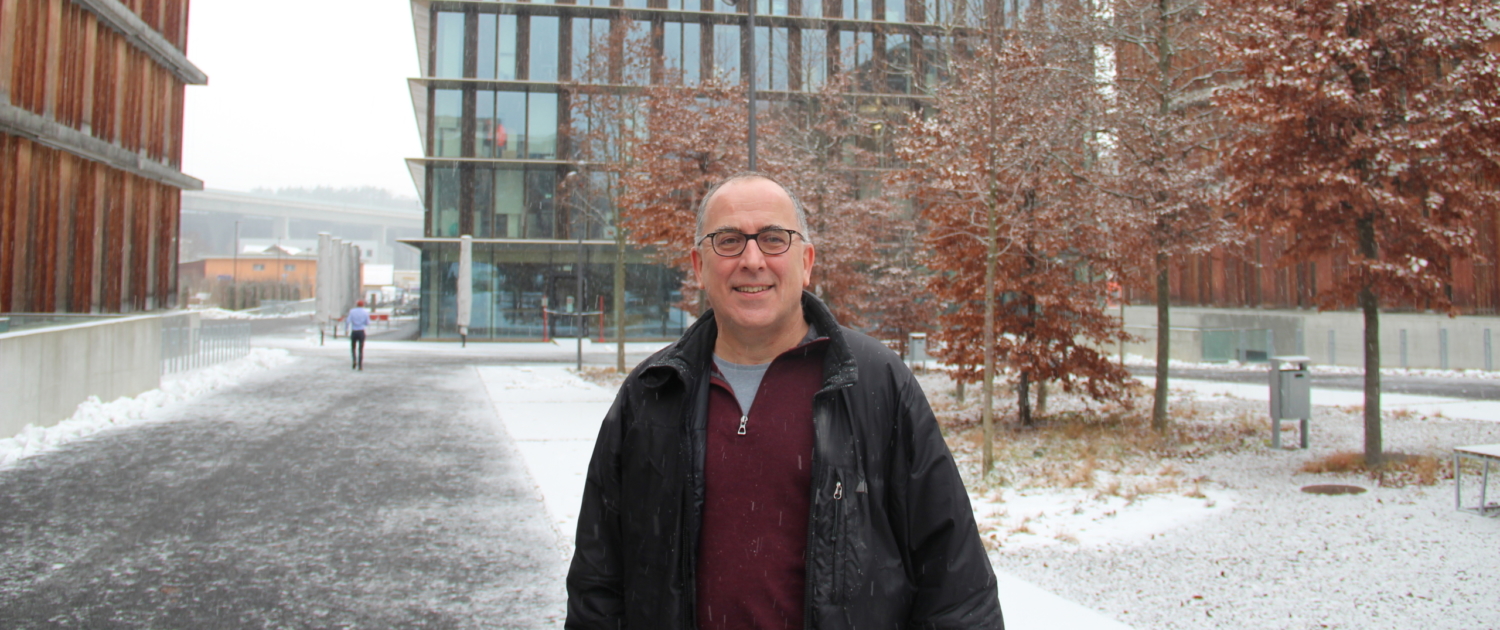 BFE
BFE
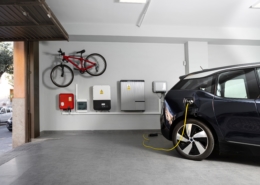 ShutterstockCher OFEN : Puis-je utiliser ma voiture électrique comme batterie déjà aujourd’hui ?
ShutterstockCher OFEN : Puis-je utiliser ma voiture électrique comme batterie déjà aujourd’hui ? 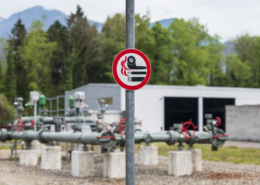 Flurin Bertschinger / Ex Press /BAFUGut geschützt vor der Katastrophe: Störfallvorsorge bei Erdgasleitungen
Flurin Bertschinger / Ex Press /BAFUGut geschützt vor der Katastrophe: Störfallvorsorge bei Erdgasleitungen 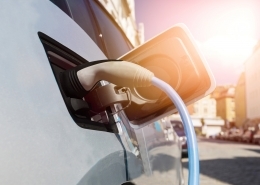 BFEcharge4work, die unabhängige Elektromobilitätsberatung für Unternehmen
BFEcharge4work, die unabhängige Elektromobilitätsberatung für Unternehmen 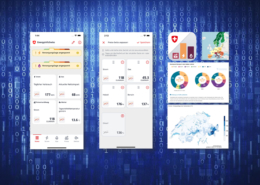 Aktuelle Energie-Infos neu auch via App abrufbar
Aktuelle Energie-Infos neu auch via App abrufbar 
 Daniel Hager Photography
Daniel Hager Photography Illustration: Nexus-?e / ETH Zürich
Illustration: Nexus-?e / ETH Zürich
Die Geothermie Technik kann erfolgreich werden wenn sie mal beherrscht wird.
Strom aus Sonne und Wind wird immer schwach bleiben weil die zu oft fehlen, man sollte die fördern?
Geothermie ist Kernkraft. Schon komisch, dass dasselbe verboten ist, wenn es oberhalb des Bodens passiert.